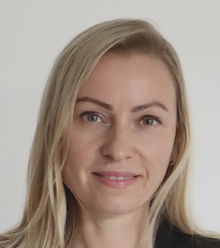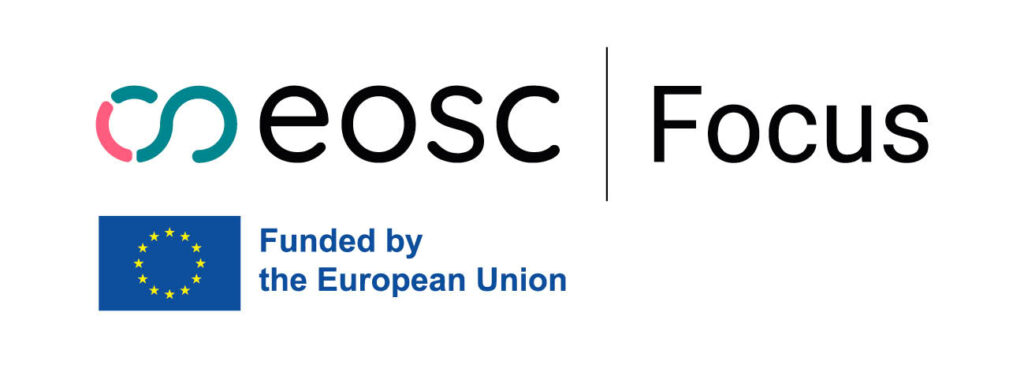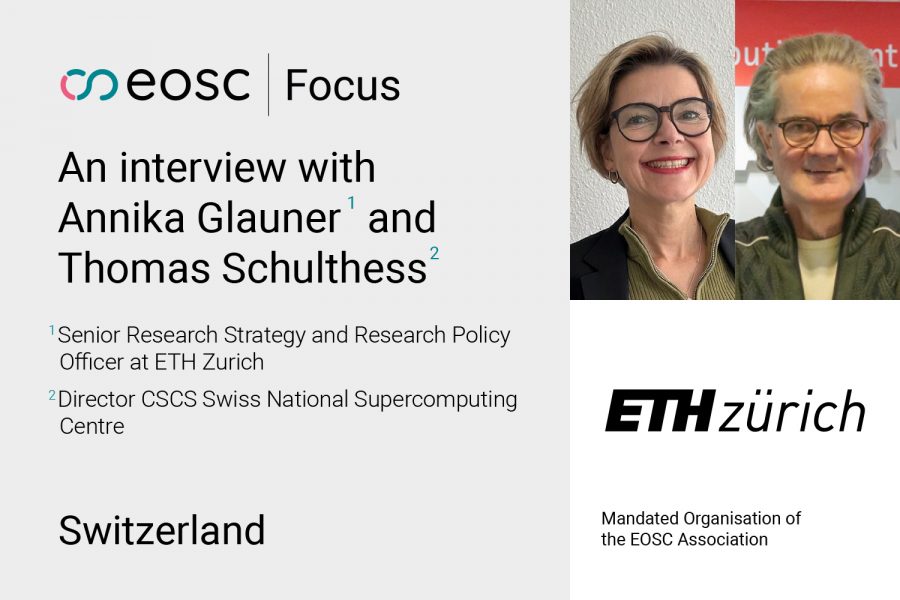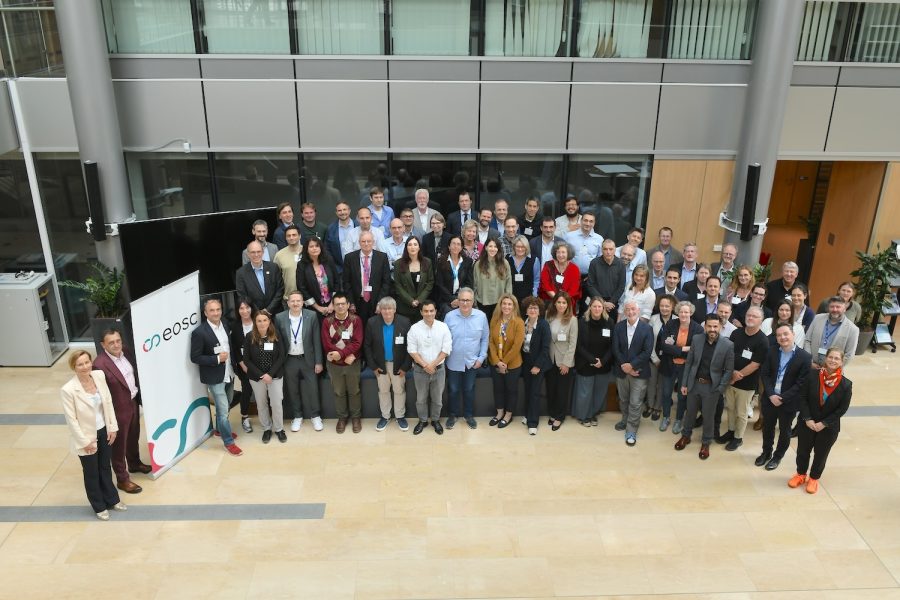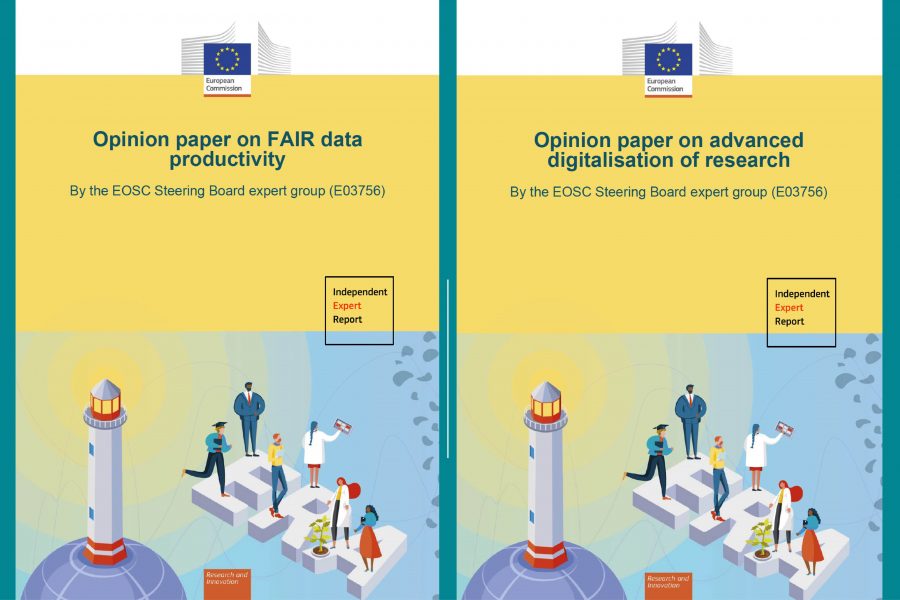This interview is part of a series coordinated by the EOSC Focus project. The interviews aim to highlight the role of the EOSC Association’s Mandated Organisations. By bringing their activities and insights to the forefront, the EOSC Focus interviews will help to reinforce the connections between each country’s Mandated Organisation and its EOSC Association Member and Observer organisations, as well as to make visible the work going into the implementation of EOSC at the national and institutional levels.
Miguel Rey Mazón (TU Graz) and Isabel Caetano (EOSC Association) interviewed Anna Krivjanská, the Head of the Department of International Cooperation at the Slovak Centre of Scientific and Technical Information (CVTI SR), about the pioneering work of CVTI SR in the field of Open Science in Slovakia. The Slovak Delegate to the EOSC Steering Board also shared her perspective on the progress the country has made towards developing EOSC and the challenges that lie ahead.
Can you describe your organisation and its place in Slovakia’s Open Science landscape?
The Slovak Centre of Scientific and Technical Information (CVTI SR) is a subsidiary organisation of the Ministry of Education, Research, Development and Youth of the Slovak Republic, and the EOSC-A Mandated Organisation for Slovakia. We were first established as the Slovak Technical Library 86 years ago.
In line with the goals of the EOSC Association, our vision is to promote the development of science, technology and education in Slovakia by providing comprehensive library and information services. We also support the evaluation of research and development and aim to popularise science in the society. Our activities are financed mainly from the state budget.
How is Open Science embedded in your mission statement?
Since 2013 we have been acting as the national reference point for Open Access in Slovakia. In 2016 the Contact Office for Open Access was established and in 2018 a part of our team became a part of the Open Science Support Department. The main tasks of the Open Science Support Department are to provide services to facilitate open access, open publishing, open and FAIR data, and other aspects of Open Science. The department also provides courses, and organises webinars and conferences on these topics.
Even though Open Science is not fully incorporated in your statutes yet, you are a member of the ESOC Association. What motivated your organisation to become a part of EOSC-A?
Our statutes do mention open access and digitalisation, but references to open data and open digital objects are currently missing. We need to add these concepts to our statutes and formulate clear objectives for their implementation.
I was nominated to represent Slovakia in the EOSC Governance Board, the predecessor of the current EOSC Steering Board, and to engage in EOSC-related activities on behalf of Slovakia. There I became familiar with initiatives that led to the establishment of the EOSC Association. Together with my co-delegate, the head of our Open Science unit, we agreed it was important to become a member of the newly formed EOSC-A. We reached out to the Ministry to appoint CVTI SR as the EOSC-A Mandated Organisation for Slovakia. This only makes sense as we are the national information centre and serve all researchers in the country.
As the Mandated Organisation, how do you liaise with national stakeholders to ensure that you align your respective roles?
The Slovak community understands that to get ready for and to help co-build EOSC, the country needs to fund the national infrastructure from national sources. The EOSC National Secretariat at CVTI SR is the central contact point for EOSC. We invite stakeholders to discuss strategic issues at the EOSC National Board meetings under the auspices of the Ministry. We also disseminate relevant information, organise information days, webinars, and National Tripartite Events.
We have launched a roadshow to run across the five main cities in the country to engage our community in talks about Horizon Europe, the European Research Area, sharing of research data, and of course EOSC. The events take place on the premises of universities and target researchers, university employees and research institutes.
You attended the EOSC Symposium in Madrid last September where you discussed newly emerging concepts and the future. How do you assess these strategic discussions in your network and prepare your national position for the next European Tripartite Event?
In my presentation I talked about EOSC as “the web of FAIR data and services” to show what we want to achieve. The idea of data sharing is fairly new in Slovakia. Until recently, it was not common to share data. Open access is compulsory, but we need to change people’s minds and provide guidance to researchers.
Regarding post-2027 scenarios, we first need to come up with suggestions on how to operate in the future. Open Science and EOSC are unfortunately not top priorities for politicians, researchers and other experts in Slovakia. We need to engage our communities and policymakers, explain the goals and benefits of EOSC to them, and incorporate Open Science into national policies and funding calls. For example, the Slovak National Strategy for Open Science 2021-2028 was co-developed by CVTI SR and the Ministry. The national strategy aims to create a sustainable paradigm of participation of all stakeholders in science and research in Slovakia in the implementation of Open Science, its global principles on dissemination, mutual sharing and reusing of data, and making research outputs available in Slovakia. The Action Plans of National Strategy for Open Science 2021-2028 represent the implementation phase of the strategy. They are reviewed every two years with short- and long-term tasks included.
The National Strategy for Research, Development and Innovation 2030 was approved in March 2023. The document does not reflect EOSC explicitly, but we managed to incorporate EOSC references in two measures of the corresponding Action Plan. Open Data and Open Science introduces the obligation for public authorities to share data for analytical and research activities, and Quality Infrastructure will reform the access to and handling of shared research infrastructures to integrate them into EOSC. All activities will be executed with the support of existing funds as no additional resources are available.
How is funding for these activities secured?
Currently, the funding for EOSC in Slovakia comes from the European Structural and Investment Funds (ESIF, Operational Programme Slovakia) with little or no funding from national sources. Slovakia’s EOSC Secretariat is funded through a national project dedicated to the support of the European Research Area. Our Comprehensive Information System (CIS) project about acquiring, processing, storing and accessing scientific and biometric data and publications is also funded through ESIF. This is a big contribution to build our national infrastructure and our part in EOSC.
Finally, a national repository for publications and research data is under development and expected to be ready by the end of 2024. It will include analytical modules for science evaluation, an open access publication platform, a central presentation platform, and tools for data management. The CIS and the national repository will be connected to each other, and the open access publication platform will be compatible with EOSC.
Do you have a specific strategy to increase the number of Slovak partners involved in EU-funded projects? The limitations of your national budget may stimulate your community to engage in European projects more.
We try our best to help researchers and institutions to join consortia that apply to INFRAEOSC calls, but it is difficult for newcomers to get involved in pre-existing groups. Also, data management is a new topic for many organisations in the country. The only institution that has participated in EU-funded projects related to EOSC is the Institute of Informatics of the Slovak Academy of Sciences. They have a long track record in data-related topics.
Structural funds make a big impact in Slovakia because, unlike Horizon Europe, they can be used for investments like, for example, building an infrastructure. We sometimes receive more funding from the European Regional and Development Fund than we can spend. We need to secure other funding sources so we can fully profit from return on investment.
What should Slovakia prioritise in the next years?
Firstly, we need to get involved in Horizon Europe projects related to EOSC. We need to get our stakeholders engaged and explain to our researchers why data sharing is crucial. Lastly, our national funding programmes need to make data sharing compulsory.
Besides CVTI SR, who would you name as a key actor for Open Science in Slovakia?
Obviously, it is the Ministry, the universities that are eager to get involved in EOSC, and the Institute of Informatics of the Slovak Academy of Sciences.
What other issues, besides funding, represent a big challenge for Slovakia?
We need to increase our involvement in INFRAEOSC projects, raise our visibility in the EOSC landscape, and expand our national infrastructure. The Slovak Open Science Cloud group is preparing a proposal for structural funds to build local nodes at key universities and research institutes in Slovakia and make them interoperable with the main infrastructure.
We have full political support from our government but no additional funding. In collaboration with the new government, we would like to develop strategies and policies specifically for EOSC that would not fall under the general Open Sciences strategy. We plan to seek funding for the next steps, but expect some restrictions due to the delicate situation of our national budget.
Can you name any best practices or use cases of Open Science in Slovakia?
A good example of an EOSC-related collaboration is the National Genomic Surveillance of SARS-CoV-2, where we helped to build a pipeline for COVID-19 genomic sequencing and provided technical and personal capacities for SARS-CoV-2 sequences. Currently, we are extending it to other respiratory pathogens.
Another example is a series of webinars and workshops introducing our national community to topics like open access publishing, academic writing, data management, or citizen science. We have also started an accredited course called Open Science in Practice, and support researchers in the preparation of data management plans.
And finally, what’s your vision for EOSC?
In Slovakia, we have not yet decided on what would be the right governance model for EOSC. We are aware of the proposal of combined governance modules, but I know it is very difficult. I was keen on the ERIC idea, but it’s not relevant anymore. We need to explore additional possibilities, make the final decision and develop our national position on this.
About the Slovak Scientific and Technical Information Centre (CVTI SR)
The Slovak Scientific and Technical Information Centre is a national information centre for science, technology, innovation and education and a specialized scientific library of the Slovak Republic. The Centre is responsible for developing and maintaining information systems for national education and science-related programs.
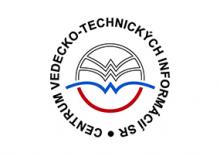
About Anna Krivjanská
Anna Krivjanská heads the Department of International Cooperation of the Slovak Centre of Scientific and Technical Information (CVTI SR) and in this role represents Slovakia in EOSC-A. She is also the Slovak delegate to the EOSC Steering Board. At CVTI SR, Krivjanská is involved in establishing international collaborations aiming to implement innovative solutions and embedding Slovakia in European research partnerships and networks. She is responsible for the national Horizon Europe and ERA (European Research Area) support structures – national contact points and the Slovak Liaison Office for R&D in Brussels. In 2022 she initiated and led the establishment of the national EOSC SK Secretariat, representing a support unit and a national contact point, with the aim to address a wider community of stakeholders, manage the information portal www.eosc.sk, organise information days and events, and distribute strategic documents to relevant stakeholders.
